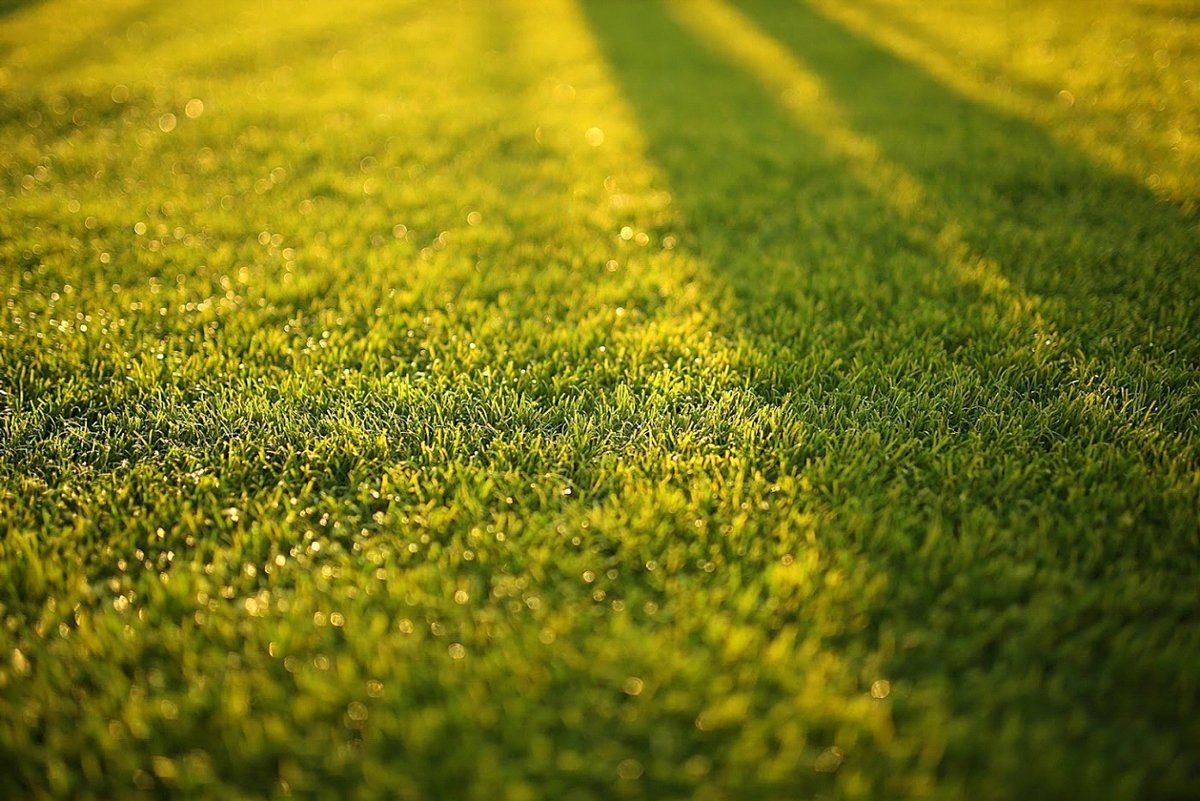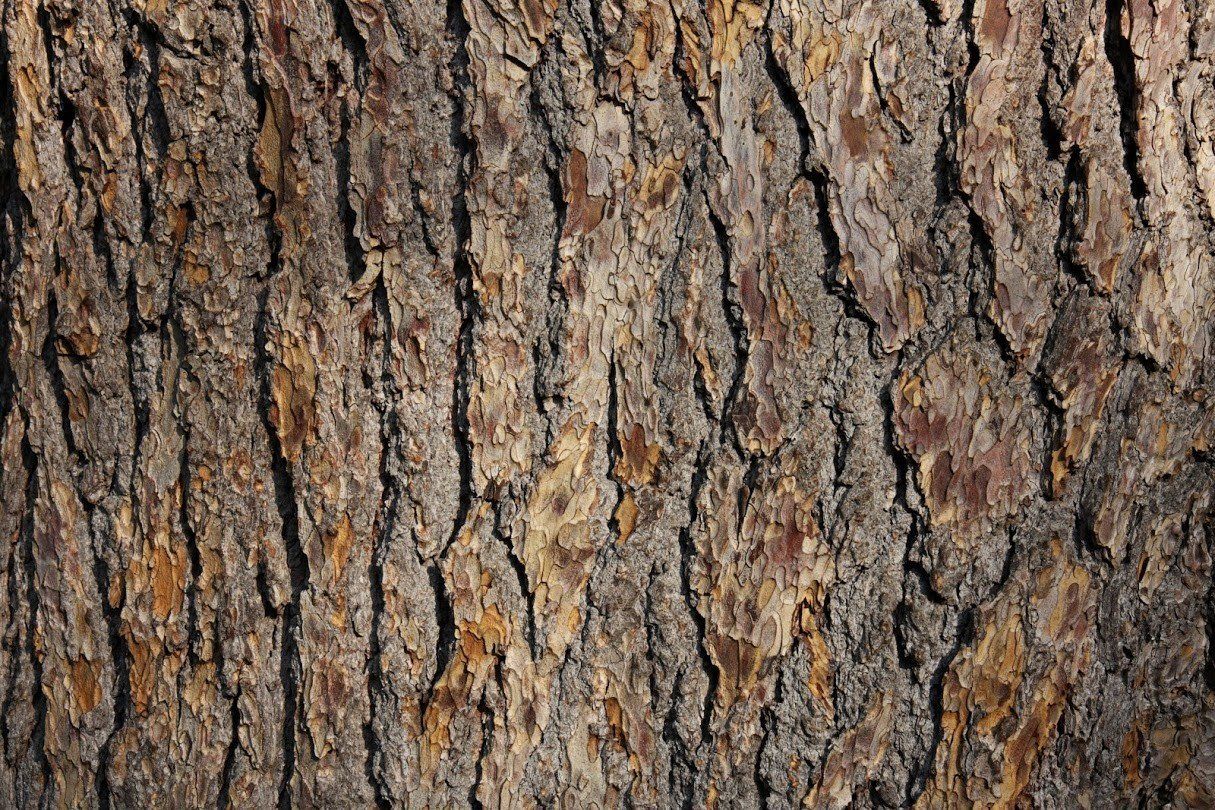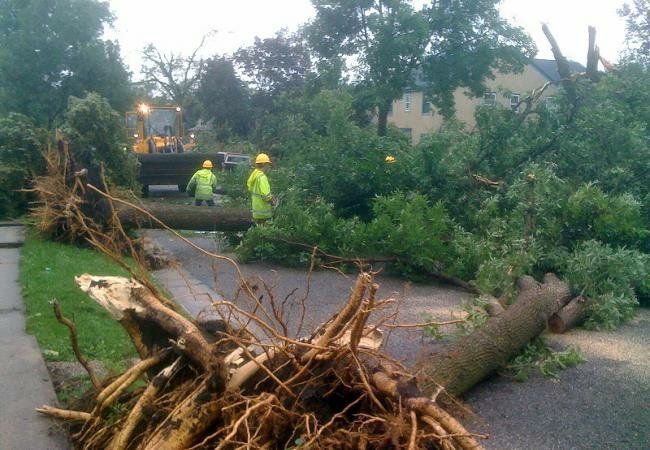5 Parts That Provide Health Clues During Tree Assessment
Admin • November 25, 2020

A tree's structure, the condition of its visible components, and even clues such as how deeply mulched it is can help tree experts assess a tree's health. Many tree issues, such as cankers, structural weakness, and suckers, can be evident to a professional who examines the tree. These issues may require professional maintenance or tree services such as pruning.
Here are five parts of your tree a tree expert may assess, along with what these components can tell your tree expert about your tree's health and its needs.
1. The Tree's Trunk
The trunk can be a big clue to a tree's health. For example, if the trunk is leaning, that could be a clue that the tree is structurally unstable (possibly due to storm damage). The tree may need to be cabled or braced or simply removed if the damage is too severe.
Another clue tree experts can look for is if the trunk is the correct root flare shape (flaring out where it meets the ground). This visible root flare means your tree is more likely to stay healthy long-term than a tree that's had its root flare buried during planting or with mulch.
And finally, any defects or wounds in the trunk can point to tree health problems that may need to be addressed. A large rotting canker on the trunk, for instance, could indicate a structural defect that may cause the tree to become a hazard.
2. The Tree's Branches
The number, size, shape, and direction of the tree's branches determine the shape and balance of its crown. If your tree's crown is unbalanced, some judicious pruning and limb removal can often restore it to a healthier shape.
In addition, your tree expert can look for branches that are dead, rubbing against each other, competing for light, or growing too closely over a roof, AC unit, or other item. These branches may need to be pruned back for best results.
3. The Tree's Bark
In addition to checking the shape and structure of your tree's trunk and branches, a tree expert can also take a closer look at the bark on their surface. In many cases, bark can tell a story about how healthy or unhealthy a tree is.
Bark inspection may reveal trauma to the tree's trunk, rotten areas of branch (via clues such as fungus growing on the bark), or other problems that will need to be removed to restore the tree to health. These clues can help your tree expert decide which branches need to be pruned back or removed entirely.
4. The Tree's Roots
Different situations call for different levels of root inspection. Some tree experts use a process called air excavation to inspect roots, but this is a more involved process and is probably only necessary if your tree has suspected problems such as root damage or root rot.
However, even without excavating the tree's roots, your tree expert can check out any aboveground roots and assess the environment the tree is planted in. They can also check for potential problems, such as a root girdling the tree trunk (which could eventually choke the tree).
5. The Tree's Leaves
The leaves or needles of a tree have a lot to say about how healthy it is, and often these are the first part of a tree you notice. Your tree expert may be able to look at the condition of leaves or needles to determine whether a tree is happy or stressed, for instance. A stressed tree may have some leaves turning yellow or falling off early.
Inspecting these five parts of your tree's anatomy can help your tree expert to determine what treatments your tree may need and what professional maintenance it requires. To learn more about the tree services available or to schedule a professional assessment, give Kaily's Tree Service
a call today.










